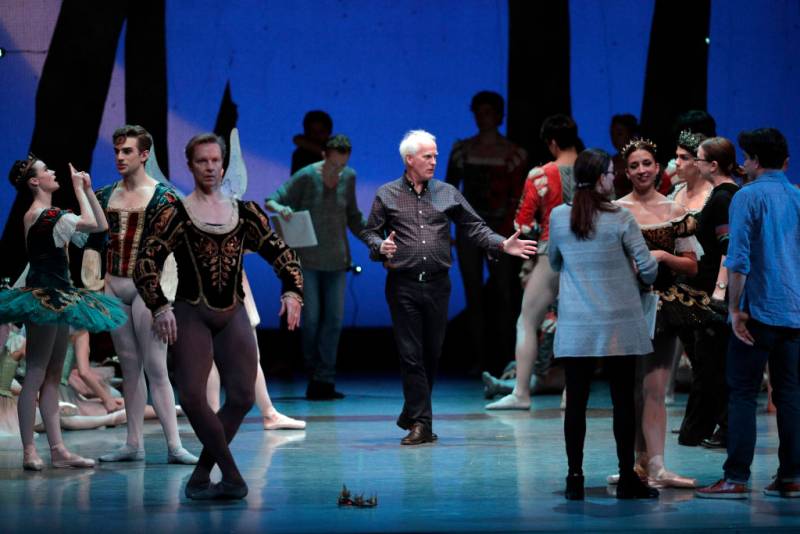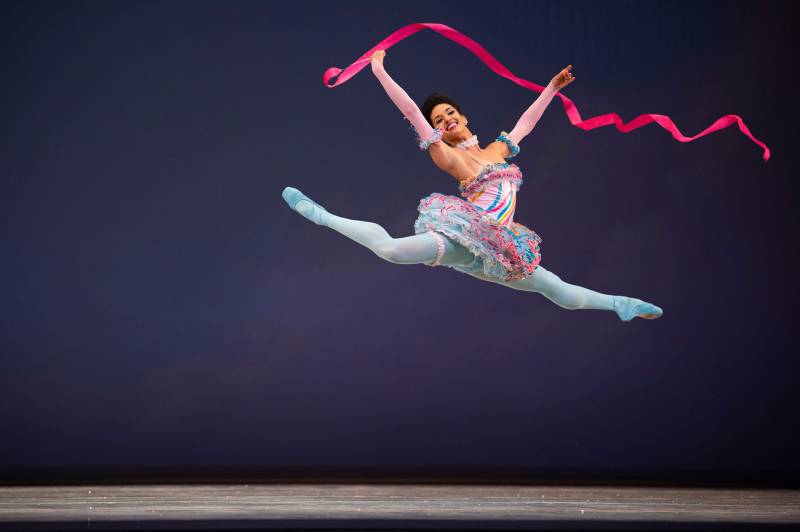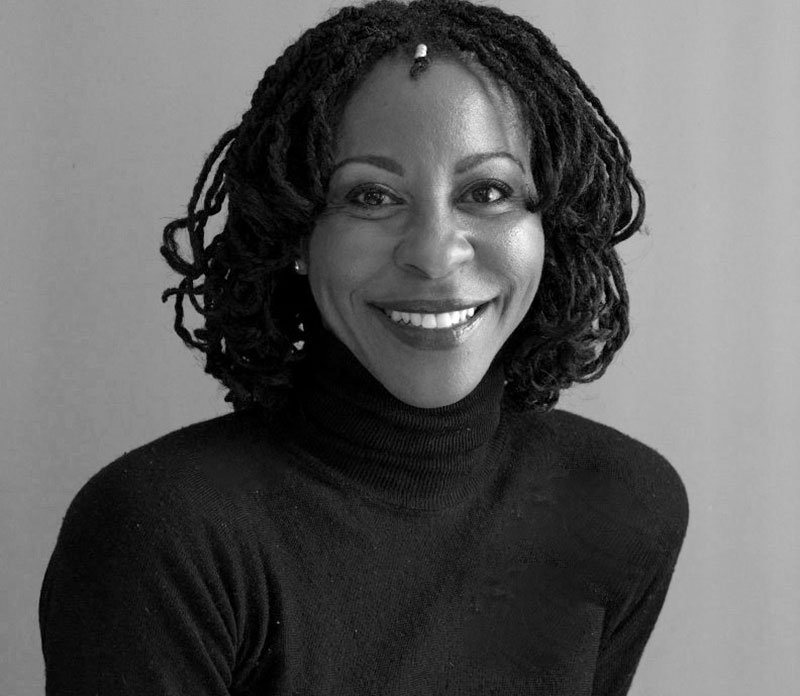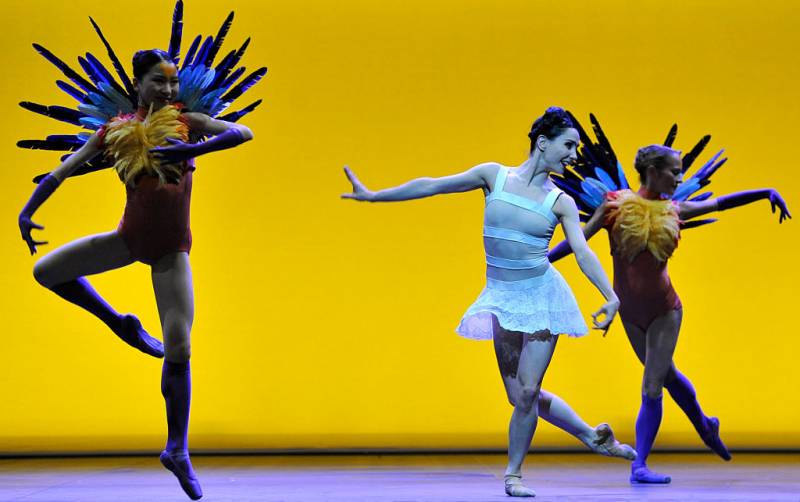On June 2, 2020, like many other institutions that Tuesday, San Francisco Ballet’s official Instagram posted a black box, promising to use the time to reflect on “how to commit meaningful change.” For the next week, the Ballet posted various archival panel discussions, links to Black artists in the ballet world, and a statement from its leadership acknowledging Black contributions to ballet. It pledged to share “next steps and actions.”
But as protests in the wake of George Floyd’s murder continued all over the country, many employees felt the company hadn’t been doing enough. In their eyes, at San Francisco Ballet (SFB) and in the ballet world at large, an examination of racism was long overdue.
“We had not heard one word, and so just to see it on social media was extremely frustrating,” says former corps de ballet dancer Kimberly Olivier, who stepped away from SFB in 2021 after 12 years with the company. “It was very much so a performative act.”
This inaction brought internal discord, and a letter of demands circulated around the organization. A public Instagram account detailed dancers’ and staff members’ accounts of inequities. Amid the fallout, Executive Director Kelly Tweeddale, hired in 2019, stepped down in 2021.
Fast-forward to 2022, and the English National Ballet’s Tamara Rojo has been appointed to succeed longtime Artistic Director Helgi Tomasson. Rob Sánchez Nelson has been hired in a new role as the chief diversity officer, and an executive director hiring is imminent. And as the 89-year-old institution enters a new era, its leadership has an opportunity to make good on the promises it made during the racial justice uprisings of 2020.

‘I Felt Very Alone’
As the momentum from 2020’s protests waned, Olivier felt frustrated with SFB leadership’s lack of initiative. The dancer decided to call a meeting in June 2020, which about half of the company’s dancers attended over Zoom. SFB leadership followed up with additional meetings open to all staff, which former Diversity Executive Toni Wilson, former Executive Director Kelly Tweeddale, and soon-to-be former Artistic Director Helgi Tomasson attended. (According to Olivier, Tomasson only came for one or two meetings.)




